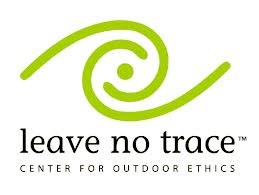
Image couresy of www.lnt.org Leave No Trace The US national parks belong to all Americans, and thus it is the responsibility of each person to maintain and protect these lands that we all share. Part of the way we do this is through Leave No Trace, a set of outdoor ethics promoted by the National Park Service, Bureau of Land Management, US Fish and Wildlife Service, and the US Forest Service. The seven principles of Leave No Trace not only provide a framework for responsible outdoor recreation and decision making, but also help to ensure a safe and enjoyable experience for all users of federal lands. How can you incorporate Leave No Trace into your trip to Bering Land Bridge? Let's find out!
The 7 Principles 1. Plan Ahead and Prepare
2. Travel and Camp on Durable Surfaces
3. Dispose of Waste Properly
4. Leave What you Find
5. Minimize Campfire Impacts
6. Respect Wildlife
7. Be Considerate of Other Visitors
|
Last updated: October 17, 2023
